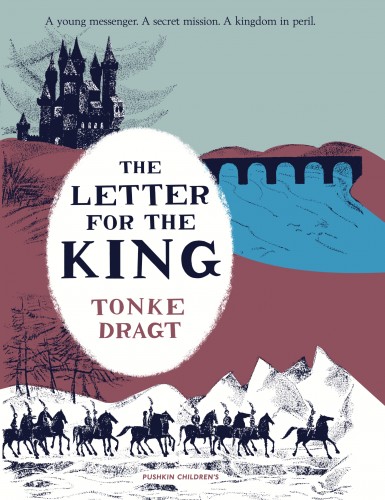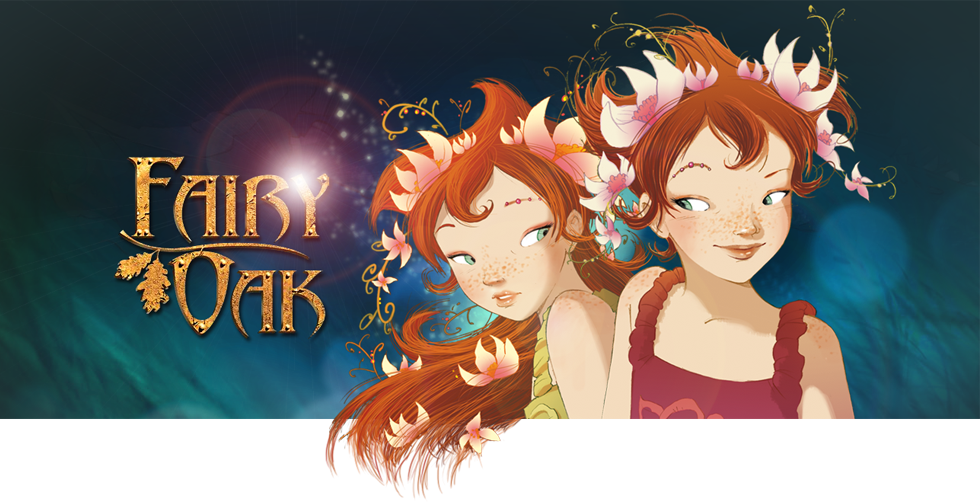 The publisher's description of the 1962 Dutch children's classic The Letter for the King by Tonke Dragt, available now for the first time in English (translated by Laura Watkinson; Pushkin Press, 2013), is practically irresistible:
The publisher's description of the 1962 Dutch children's classic The Letter for the King by Tonke Dragt, available now for the first time in English (translated by Laura Watkinson; Pushkin Press, 2013), is practically irresistible:
It is the dead of night. Sixteen-year-old Tiuri must spend hours locked in a chapel in silent contemplation if he is to be knighted the next day. But, as he waits by the light of a flickering candle, he hears a knock at the door and a voice desperately asking for help. A secret letter must be delivered to King Unauwen across the Great Mountains – a letter upon which the fate of the entire kingdom depends.
[Me.] Now that's an evocative premise. Tiuri must open the door, because that's what a knight would do--but then he won't be knighted, so he may as well deliver the letter....
Tiuri’s journey will take him through dark, menacing forests, across treacherous rivers, to sinister castles and strange cities. He will encounter enemies who would kill to get the letter, but also the best of friends in the most unexpected places. He must trust no one. He must keep his true identity secret. Above all, he must never reveal what is in the letter…
[Me again.] What is in the letter? I must know. Thank goodness for Book Depository.
[Here's a review in the Irish Times comparing The Letter to the King to Tolkien's The Lord of the Rings, 11/3/2013].



